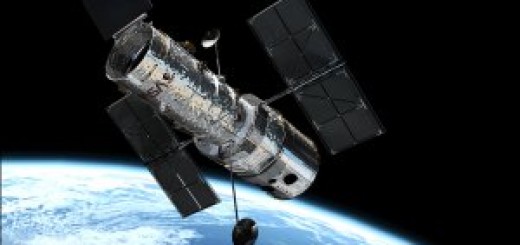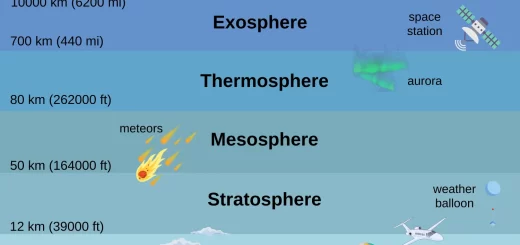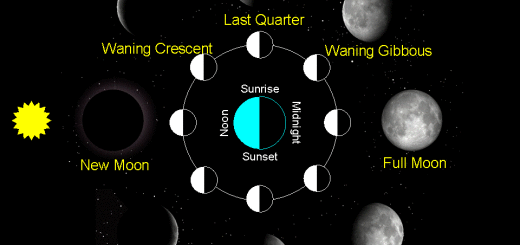Types of solar eclipses and safety precautions on observing the solar eclipse
Solar eclipse
The type of solar eclipse changes according to the distance between the Moon and the Earth during its rotation in its oval-shaped orbit around the Earth.
The cone umbra (the umbra) is the dark inner shadow in which the total solar eclipse appears, The penumbra is the faint outer shadow in which the partial solar eclipse appears.
Although the solar eclipse does not last more than seven minutes and forty seconds, we can observe more than one type of solar eclipses occurring during the moon’s passage in front of the Sun’s disk and the part of the Sun that it hides from the Earth.
Types of solar eclipses
-
The Total solar eclipse: It is the type of solar eclipse in which the Sun disappears completely and it is formed in the shadow area (the umbra) of the moon, the moon is nearer to the Earth.
-
The Partial solar eclipse is formed in the semi-shaded area (the penumbra) of the moon, and we can see a part of the Sun.
The annular solar eclipse: It is the type of solar eclipse in which the Sun appears as a lighted ring and it is formed when the Moon is in a higher orbit from Earth so, its cone shadow does not reach the Earth.
When the Moon rotates farther to the Earth (in a higher orbit from the Earth) and comes between the Sun and the Earth, It causes an annular solar eclipse (as the Moon appears smaller than the Sun).
Safety precautions on observing the solar eclipse
We must not look directly at the Sun on ordinary days, Due to the harmful rays emitted by the Sun like ultraviolet rays (UV) and infrared rays. These harmful rays affect the eye, especially the retina, and may cause blindness within a few minutes.
Although the glowing of the Sun during the solar eclipse seems weak, we must not focus on looking directly at the sun. Because the outer solar corona keeps on emitting harmful rays to the eye like ultraviolet rays (UV) and infrared rays.
The doctors warn of direct observation of the solar eclipse and advise to use the of special glasses to observe the solar eclipse. The special solar eclipse viewers or the welding glasses at a strength of 14 can protect your eyes.
You can poke a hole into a piece of paper or cardboard and then look at the protected image, You need a special filter to properly view from a camera, binoculars, or the telescope. just looking at the digital screen should be fine. But looking through the viewfinder is dangerous.
You can download Science online application on Google Play from this link: Science online Apps on Google Play
Lunar eclipse and safety precautions for observing the lunar eclipse
What are the advantages & disadvantages of Refracting Telescopes?











